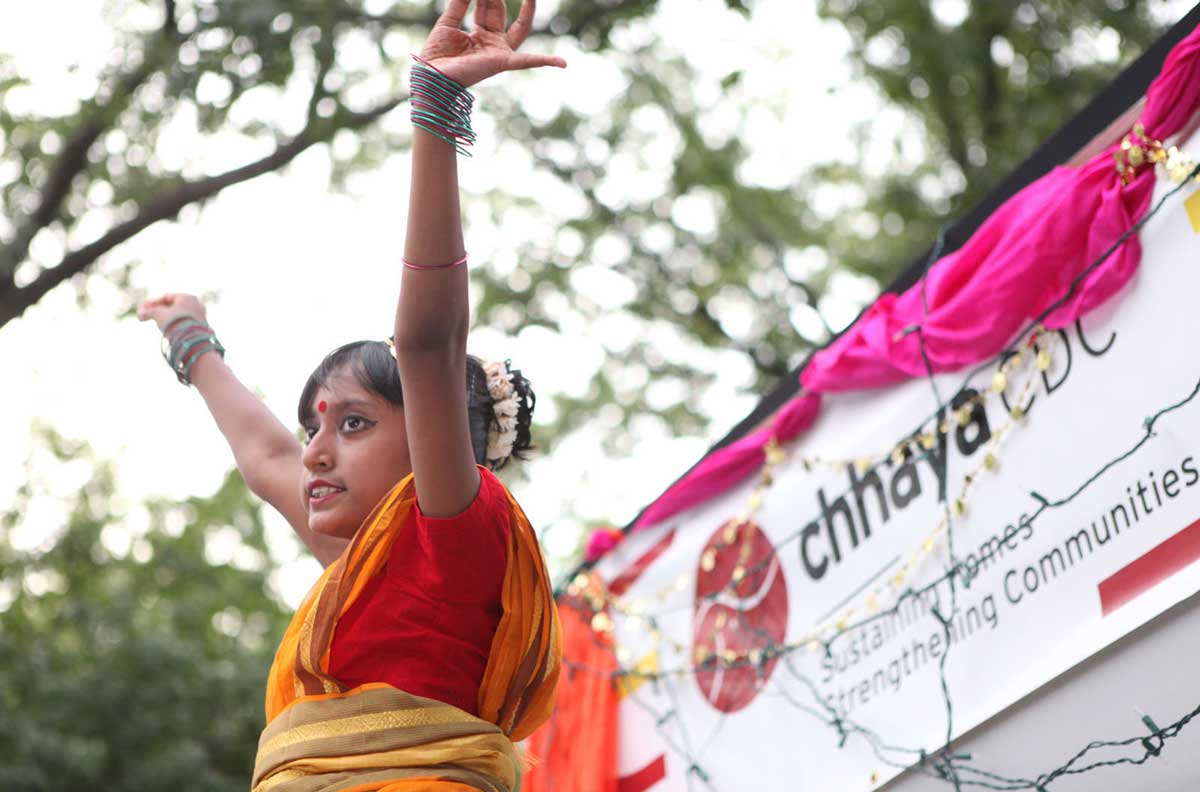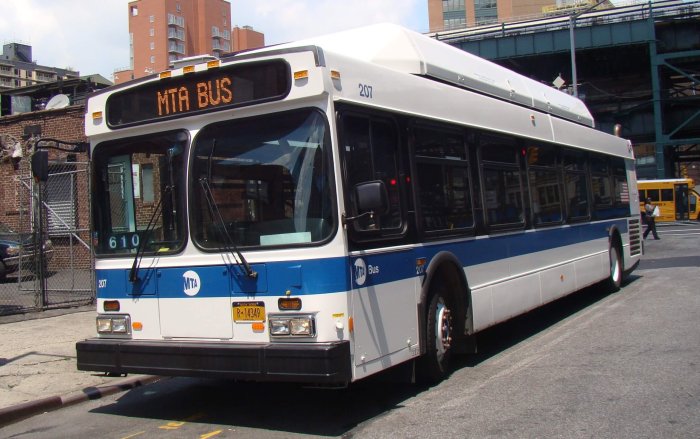By Carlotta Mohamed
A new dual language Bengali program will be implemented in September at PS 7, the Louis F. Simeone School in Elmhurst, Queens, after U.S. Reps. Joseph Crowley and Grace Meng (D-Flushing) urged the city Department of Education to create programs in South Asian languages.
“New York City has made great strides in offering a variety of language programs for our city’s schoolchildren, and I’m honored that Queens will be home to the first South Asian dual language program,” said Crowley. “By bringing Bengali into the classroom, we are creating new opportunities for students of South Asian descent to thrive.”
In 2015, former Schools Chancellor Carmen Farina added 25 new dual language programs and expanded an additional 15 existing dual language programs offered in the city’s public schools.
In a letter to Farina, Crowley and Meng called on the DOE to create South Asian language programs to be included in the city’s dual language programs, which are a form of education in which elementary school students are taught half in English and half in another language.
Crowley and Meng said the South Asian-American community is “ethnically and linguistically diverse with over 351,000 South Asian-Americans living in NYC, where 60 percent of the population reside in Queens.”
The city’s public schools boast 182 dual language programs: Spanish (153); Chinese (11); French (9); Haitian Creole (3); Russian (2); Korean (1); Arabic (1); Polish (1); and Hebrew (1), according to Meng’s letter.
Dual language programs are made available to students who are native speakers (whose parents want them to become bilingual) as well as to immigrant students who are native speakers of the second language.
“The South Asian-American community includes, but is not limited to, Indian, Bangladeshi, Pakistani, Sri Lankan, Nepalese, and Indo-Caribbean Americans. The most common South Asian languages spoken in NYC are also the languages with the most Limited English Proficient speakers,” Meng said in the letter.
Bengali was the most common language among the vastly diverse population with more than 84,662 speakers, according to the letter. Urdu, the second most common language, had 41,243 speakers.
“Dual language programs help immigrant students flourish in the classroom and provide them with opportunities to succeed in life,” Meng said. “I now call on the DOE to build on this important first step and expand dual language programs to other South Asian languages in order to meet the needs of students and parents in the Indian, Pakistani, Nepalese, and other South Asian communities.”
Reach reporter Carlotta Mohamed by e-mail at cmoha



































